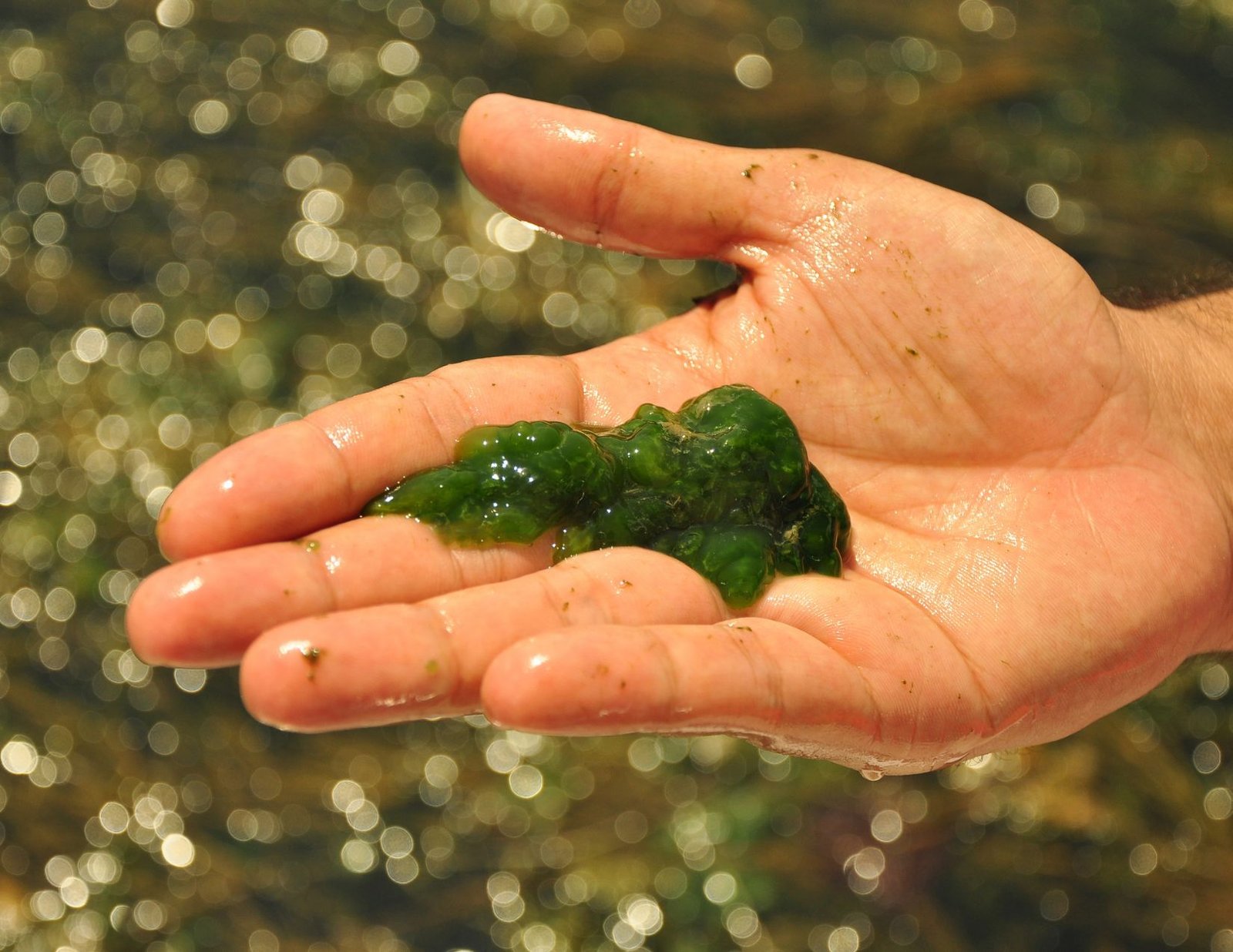
Aquarium Water Parameters: The Key to a Healthy Tank
When I first got into fishkeeping, I had no idea how important water really was. I thought it was enough to just fill the tank, add some fish, and change the water once in a while. What I eventually learned (sometimes the hard way) is that mastering water parameters isn’t optional—it’s essential.
In this guide, I’ll walk you through everything you need to know about aquarium water parameters: what they are, how to measure them, ideal ranges, and how to keep them stable. Follow these tips and you’ll enjoy clear water, happy fish, and a thriving aquarium.
What Are Aquarium Water Parameters?
Water parameters refer to the physical and chemical characteristics of your tank’s water. Some are visible (like temperature or cloudiness), but most are invisible to the eye, and must be tested regularly.
The main water levels to monitor:
- pH – Measures the acidity or alkalinity of the water; it influences fish health and biological efficiency in the aquarium.
- GH (General Hardness) – Indicates the total concentration of dissolved minerals, mainly calcium and magnesium, essential for the osmoregulation of fish and invertebrates.
- KH (Carbonate Hardness) – Represents the amount of carbonates and bicarbonates in the water; acts as a natural buffer that helps stabilize pH.
- Ammonia (NH₃/NH₄⁺) – A highly toxic compound produced from organic waste; should remain at zero in established aquariums.
- Nitrite (NO₂⁻) – An intermediate substance in the nitrogen cycle; also toxic to fish, especially at elevated levels.
- Nitrate (NO₃⁻) – The less toxic end product of the nitrogen cycle; tolerable in small amounts, but high levels can stress fish and promote algae growth.
- Temperature – A vital parameter that regulates fish metabolic activity; should be kept within the appropriate range for each species.
- Oxygen levels – Essential for fish respiration and the activity of beneficial bacteria; influenced by water temperature and surface agitation.
- TDS (Total Dissolved Solids) – Reflects the total amount of dissolved substances in the water (minerals, salts, organic compounds); a general indicator of water quality.
Each fish species has specific preferences, but keeping these aquarium water levels within safe ranges is crucial for all.
pH: The Acid-Base Balance
pH levels in aquariums measures how acidic or alkaline your water is. The scale goes from 0 to 14, with 7 being neutral. Below 7 is acidic, above 7 is alkaline.
Why is pH important in an aquarium?
Fish health: Fish and other aquatic organisms have a specific pH range in which they thrive. A pH outside of this range can cause stress, health problems, or even death to the inhabitants of the aquarium.
Interaction with other parameters: pH also affects other parameters, like general hardness (GH) and carbonate hardness (KH). An unstable pH can impact the nitrogen cycle and the water’s ability to “buffer” (stabilize) sudden changes.
Plants and invertebrates: Many aquatic plants and invertebrates also have specific pH requirements for healthy growth and development.
How to maintain a stable pH?
- Know the needs of your species: Research the pH requirements for the fish and plants in your aquarium.
- Gradual adjustments: If you need to adjust the pH, it’s important to do so gradually to avoid stressing the animals. Use appropriate pH regulators or acids/bases in a controlled manner.
- Aquarium water testing: aquarium water parameters, pH regularly to ensure it stays within the desired range.
How to adjust it?
- To increase pH: use crushed coral, limestone, baking soda
- To decrease pH: driftwood, peat moss, commercial products
⚠️ Always make changes gradually. Sudden pH swings can stress or even kill fish.
GH and KH: The Aquarium Water Hardness Duo
These two parameters are often overlooked, but they’re crucial for long-term stability.
GH (General Hardness)
General Hardness fish tank refers to the concentration of dissolved minerals, primarily calcium and magnesium, in the water. These minerals are essential for the health of fish, plants, and invertebrates, as they affect cellular function, reproduction, and metabolism.
Why is General Hardness important?
- For fish: Every fish species has a specific range of hardness in which it thrives. Freshwater fish, for example, can either be from soft water (low hardness) or hard water (high hardness), depending on their natural habitat.
- For plants: Aquatic plants also require certain levels of hardness to effectively absorb nutrients.
- For invertebrates: Many invertebrates, such as shrimp and snails, need appropriate hardness levels to develop their shells and structures.
How to measure General Hardness (GH):
- It is measured in dGH (degrees of general hardness), and common ranges are:
- Soft water: 0-4 dGH
- Moderately hard water: 5-8 dGH
- Hard water: 9-18 dGH
- Very hard water: 18+ dGH
How to maintain appropriate hardness?
- If your tap water is too soft or too hard for your fish, you can adjust the hardness in fish tank by using specific products like calcium or magnesium salts or by mixing distilled water with tap water to balance the hardness.
KH (Carbonate Hardness)
KH (Carbonate Hardness) in an aquarium refers to the concentration of carbonate (CO₃²⁻) and bicarbonate (HCO₃⁻) ions dissolved in the water. These compounds are essential for buffering the pH and preventing drastic pH fluctuations, which could harm the fish and other inhabitants of the tank.
Why is KH important?
- Stabilizes pH: KH acts as a buffer, helping to keep the pH stable. If KH is too low, pH can change rapidly, stressing fish and causing health issues. If KH is too high, it can make it difficult to adjust the pH when necessary.
- For fish: Fish have specific pH ranges in which they thrive, and KH helps ensure the pH remains within that range.
- For plants and invertebrates: Aquatic plants and some invertebrates, like shrimp, also rely on stable pH levels for growth and well-being.
How is KH measured?
- KH is measured in dKH (degrees of carbonate hardness), with common values being:
- Low KH: 0-4 dKH
- Moderate KH: 5-8 dKH
- High KH: 9-12 dKH
- Very high KH: 13+ dKH
How to maintain proper KH?
- Increase KH: If the KH is too low, you can raise it by adding crushed coral, Equilibrium, Wonder Shells
- Decrease KH: If the KH is too high, you can use reverse osmosis (RO) water or distilled water to dilute it, or perform partial water changes with softer water.
Mixing tap water and RO water is a common technique to fine-tune hardness. Fish tank alkalinity low,can lead to unstable pH and potentially harm fish.
Ammonia, Nitrites, and Nitrates: The Nitrogen Cycle
This is where most beginners struggle—the nitrogen cycle.
What is it?
It’s the biological process that converts waste into less harmful compounds:
- Ammonia (NH₃): highly toxic
- Nitrite (NO₂⁻): still toxic
- Nitrate (NO₃⁻): less toxic, but dangerous in high amounts
This cycle is carried out by beneficial bacteria in your filter and substrate.
Ideal values:
- Ammonia: 0 ppm
- Nitrite: 0 ppm
- Nitrate: < 40 ppm (ideally < 20 ppm)
How to manage it?
- Cycle your tank before adding fish (3–6 weeks)
- Do regular water changes
- Don’t overfeed
- Use live plants
- Test water weekly
Mastering the nitrogen cycle = long-term aquarium success. More Info
Temperature: The Wellness Thermometer
Temperature isn’t just about comfort—it affects your fish’s metabolism, immune system, and behavior.
Ideal Ranges by Tank Type:
- Tropical: 24°C – 27°C (75°F – 80°F)
- Goldfish/Koi: 18°C – 22°C (65°F – 72°F)
- Bettas: 26°C – 28°C (79°F – 83°F)
- Discus: 28°C – 30°C (82°F – 86°F)
Key tips:
- Use a reliable heater and thermometer
- Avoid sudden fluctuations
- Check temperature daily
How to Measure Aquarium Water Parameters
You can’t control what you don’t measure. Keep the fish tank water quality.
Testing Methods:
- Test Strips – Fast and easy, but less accurate. I don’t recommend this, especially if you are a beginner.
- Liquid Test Kits – More accurate, best for critical values. I have been using the API Kit for more than 8 years.
- Digital Meters – Super precise, but more expensive. If money is not a problem, go ahead
- Contains one (1) API FRESHWATER MASTER TEST KIT 800-Test Freshwater Aquarium Water Master Test Kit, including 7 bottles …
- Helps monitor water quality and prevent invisible water problems that can be harmful to fish and cause fish loss
- Accurately monitors 5 most vital water parameters levels in freshwater aquariums: pH, high range pH, ammonia, nitrite, n…
How often to test your Aquarium Water Parameters?
How often you should test your aquarium water parameters depends on the age of your aquarium, the type of tank , and any specific issues you might be facing. However, as a general guideline:
1. New Aquariums (Cycling Phase):
- Frequency: Test every 2-3 days.
- Why: When a tank is cycling, you’ll see fluctuations in ammonia, nitrites, and nitrates as the biological filter establishes itself. Testing frequently during this time helps you monitor the nitrogen cycle and catch any harmful spikes in toxic compounds (ammonia or nitrites).
2. Established Aquariums:
- Frequency: Test once a week to once every two weeks.
- Why: After your tank is fully cycled, water parameters tend to stabilize. Testing fish tank water quality every week or two ensures that everything is balanced and that you can catch any potential problems early, like rising nitrate levels or pH shifts.
4. Aquariums with Sensitive or New Fish:
- Frequency: Test more often (2-3 times a week).
- Why: When introducing new fish or species, or if you have more sensitive inhabitants, it’s important to test parameters more frequently to avoid stress or health issues.
How to Keep Parameters Stable
Aquarium Water Parameters Testing is only half the job—stability is everything.
Best practices:
- Do 25% water changes weekly
- Avoid overfeeding
- Rinse filter media in tank water, not tap
- Don’t overcrowd the tank
- Add live plants to absorb nitrates
The goal is a self-regulating ecosystem. Once it’s balanced, nature takes over.
✅ Freshwater Aquarium Water Parameters Chart
| Parameter | Ideal Range | Notes |
|---|---|---|
| pH | 6.5 – 7.5 | General range; some species vary |
| GH (General Hardness) | 4 – 12 dGH | Minerals like calcium and magnesium |
| KH (Carbonate Hardness) | 3 – 8 dKH | Buffers and stabilizes pH |
| Ammonia (NH₃) | 0 ppm | Toxic even in low amounts |
| Nitrites (NO₂⁻) | 0 ppm | Highly toxic |
| Nitrates (NO₃⁻) | < 40 ppm | Ideally under 20 ppm |
| Temperature | 24°C – 27°C | May vary by species |
| Oxygen | > 5 mg/L | Essential for fish and beneficial bacteria |
⚠️ Common Mistakes to Avoid
- ❌ Skipping the nitrogen cycle before adding fish
- ❌ Not using water conditioner for tap water
- ❌ Making sudden, large water changes
- ❌ Adjusting pH without understanding KH
- ❌ Overfeeding (leads to ammonia spikes)
Avoid these, and you’re halfway to being a pro aquarist.
Conclusion: Master the Water, Protect the Life
Controlling fish tank water levels isn’t advanced chemistry—it’s fishkeeping 101. Knowing your pH, GH, KH, ammonia, nitrites, nitrates, and temperature is the difference between stressed, sick fish and a thriving aquatic community.
It’s not about memorizing numbers—it’s about understanding how a natural balance works. Once you get the hang of it, your tank becomes low-maintenance and incredibly rewarding.
So test often your fish tank water parameters, adjust slowly, and above all—enjoy it. A well-maintained aquarium is a source of calm, joy, and endless fascination.




